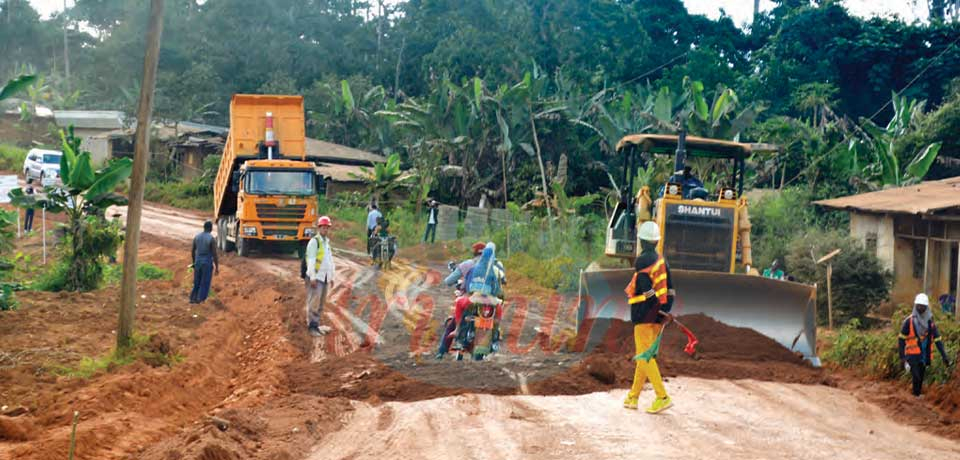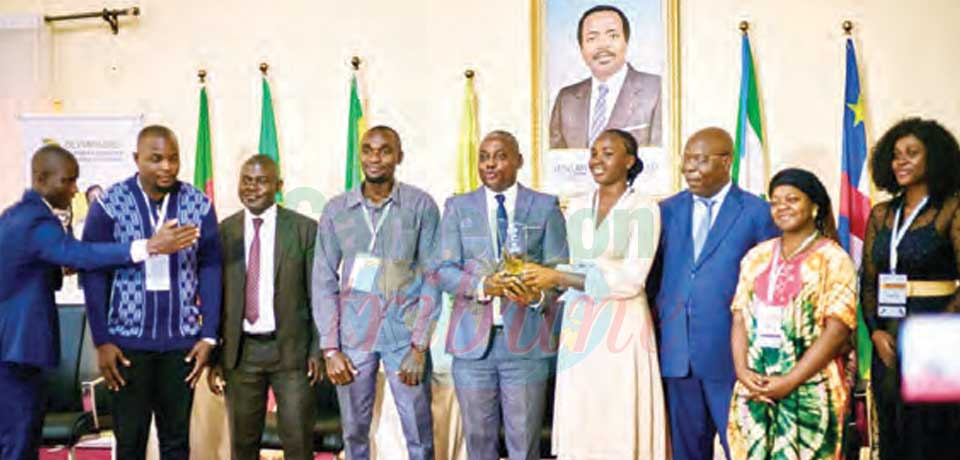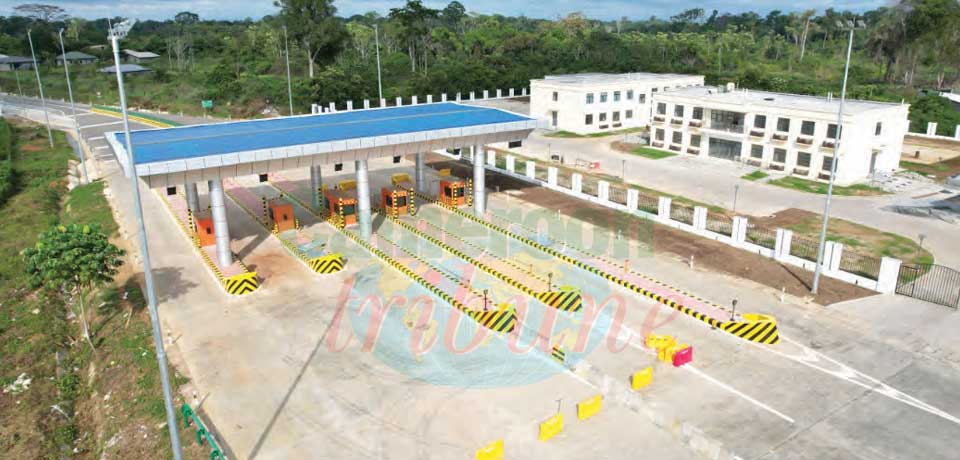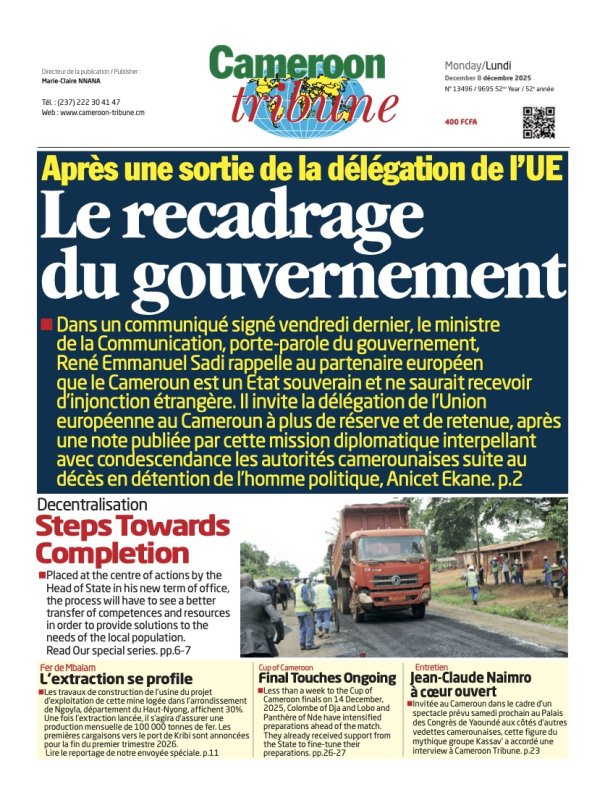Tackle Sub-regional Challenges Head-on!
- Par Ludovic AMARA (Stagiaire)
- 30 Dec 2016 18:38
- 0 Likes
If there is one thing that both the people and respective governments of the Central African Sub-region would want to rapidly forget as 2016 wraps up, it is certainly the economic, financial and security challenges that are almost crippling member countries.
In the face of falling prices of raw materials in the international market notably crude oil that constitutes the bulk of the sub-regional exports, almost all the economies of the sub-region have plummeted this years. If Cameroon, Central African Republic (CAR) and Gabon have been credited thus far for a shaky resilience vis-a-vis the growing hurdles, the sky is gloomy for other member countries of the six-nation Central African Economic and Monetary Community (CEMAC).
Cameroon’s economy is expected to have settled at 5 per cent in 2016 down from 5.8 per cent in 2015 and 5.9 per cent in 2014. Meanwhile, CAR is hoped to have hit 5.2 per cent this year and Gabon 3.2 per cent going by IMF projections. Chad and Equatorial Guinea are already in the red zone with 2016 initially projected growth rates of -3,6 per cent and -10,2 per cent respectively.
The disturbing economic outlook obliged Heads of State of the sub-region to converge on Yaounde on December 23, 2016 in an extra-ordinary summit to jointly seek ways of righting the wrongs. All eyes are now focused on individual countries to see how well they implement the 21-point recommendations of the Yaounde summit and other internal austerity measures they could draft based on the magnitude of the crises within. The IMF could be of assistance here.
But countries themselves know so well where the shoe pinches and should therefore tackle the problems head-on. Infrastructure development that engender sustained growth are almost grounded and many are wondering how the situation could be in the next one or two years should the current dark situation persists.
Regrettably, what pundits see as potentials to power sub-regional growth is not being taken seriously by those piloting sub-regional political, social and economic development. Integration has proven elsewhere to be a vital springboard for growth. But within CEMAC it is more of talk than practice. The sub-region with the smallest of economic blocks in Africa (six countries and a total population of 45-50 million) appears to cherish ‘unfruitful’ national sovereignties than concrete integration that would have meant trading off what they have to obtain what they need.
The sub-region is said to be one of the richest in natural resources ranging from agricultural potentials to soft and liquid minerals. But apparent short-sighted governance has over the years focused attention on crude oil production rather than diversify the economy to withstand gl...
Cet article complet est réservé aux abonnés
Déjà abonné ? Identifiez-vous >
Accédez en illimité à Cameroon Tribune Digital à partir de 26250 FCFA
Je M'abonne1 minute suffit pour vous abonner à Cameroon Tribune Digital !
- Votre numéro spécial cameroon-tribune en version numérique
- Des encarts
- Des appels d'offres exclusives
- D'avant-première (accès 24h avant la publication)
- Des éditions consultables sur tous supports (smartphone, tablettes, PC)














Commentaires